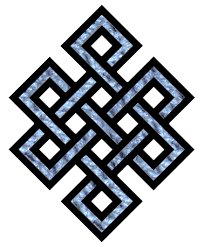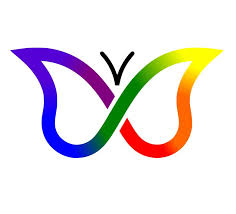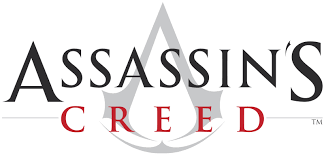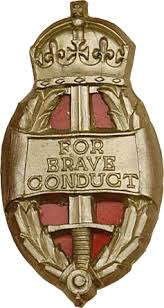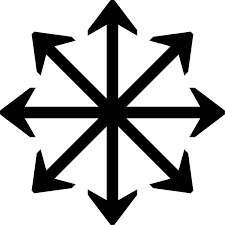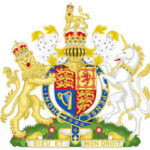
Family symbol
| Symbol | Family |
| Origin | The concept of family symbols likely originated from ancient cultures that valued kinship and lineage, with specific symbols varying across different societies |
| Meaning | Represents the bond, unity, and strength within a family unit. It signifies support, love, and interconnectedness among family members. |
| Appearance | Can vary widely, including depictions of family members holding hands, embracing, or forming a circle to symbolize unity |
| Colors | Colors associated with family symbols often include warm and inviting tones such as earthy browns, soft greens, or calming blues, symbolizing nurturing and stability |
| Usage | Family symbols are used in various contexts, including family crests, tattoos, jewelry, artwork, and as decorative elements in homes |
| History | Family symbols have a rich historical background, with evidence of their use in ancient civilizations like the Egyptians, Greeks, and Romans, where family lineage was of great importance |
| Popularity | Family symbols remain popular across cultures, especially in times of celebration or commemoration such as weddings, anniversaries, or family reunions. |
| Importance | They hold significant importance as they represent the fundamental unit of society and serve as a reminder of the importance of familial bonds. |
| Complexity | The complexity of family symbols can vary from simple designs to intricate patterns, reflecting the diverse nature of familial relationships and dynamics. |
| Emotions | Evokes emotions such as love, belonging, security, and nostalgia, reminding individuals of the importance of their familial connections |
A Tapestry of Love and Connection: Exploring Family Symbols
Family symbols are more than just images; they are potent expressions of love, unity, and shared history. They transcend cultures and languages, serving as visual reminders of the enduring bonds that connect us to our loved ones.
From the universal image of a heart to the family tree branching out with generations, each symbol carries unique meaning. A circle, unbroken and complete, signifies the strength and wholeness found within a family unit. Hands reaching out or intertwined represent support, love, and the interconnectedness of family members.
Animals can also hold symbolic value. A lion embodies protection and strength, while birds often symbolize freedom and togetherness. Plants, like a strong oak tree or a flourishing garden, represent growth, resilience, and the enduring nature of family bonds.
Cultural influences play a significant role in shaping family symbols. The yin and yang symbol in Chinese culture represents balance and harmony within the family unit. In Celtic traditions, the claddagh ring symbolizes love, loyalty, and friendship.
Ultimately, the most meaningful family symbol is the one that resonates most deeply with you and your loved ones. It can be a cherished heirloom passed down through generations, a unique artwork created together, or even a simple gesture like holding hands.
Remember, the true power of a family symbol lies not in its form, but in the love, memories, and shared experiences it represents. It is a reminder that we are never truly alone, for we are always connected to the tapestry of family, woven together by love and shared history.


